 | George Alfred - Arithmetic - 1834 - 336 pages
...require it. 6. When all the terms of the stating are reduced as above directed, (if necessary) — then multiply the second and third terms together, and divide the product by the^rst term — the quotient will be the fourth term or answer to the question, and of Kke name with... | |
 | Francis Walkingame - 1835 - 270 pages
...proportion, if necessary, to the same name, and the third to the lowest denomination mentioned in it, then multiply the second and third terms together, and...the product by the first; the quotient will be the answer to the question in the same denomination the third term was reduced to, and must be reduced... | |
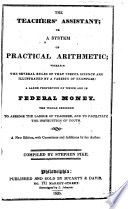 | Stephen Pike - Arithmetic - 1835 - 210 pages
...and if the third term consist of several denominations, reduce it to its lowest denomination; then, Multiply the second and third terms together, and divide the product by the first term: the quotient will je the answer. Note. — The product of the second and third termsis of he... | |
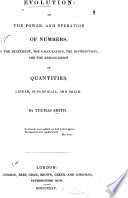 | Thomas Smith (of Liverpool.) - Arithmetic - 1835 - 180 pages
...made it fifteen times too large, divide it by this 15; that is to say, we have the same result if we multiply the second and third terms together, and divide the product by the first. AND THIS is THE RULE ; this, when the terms are properly placed, this MULTIPLYING THE SECOND AND THE... | |
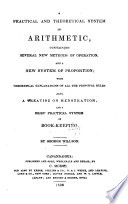 | George Willson - Arithmetic - 1836 - 202 pages
...mentioned in it.* * It is often better to reduce the lower denominations to the decimal of the highest. 3. Multiply the second and third terms together, and divide the product by the first, and the quotient will be the answer, in that denomination which the third term was left in. In arranging... | |
 | A. Turnbull - Arithmetic - 1836 - 368 pages
...then reduce the third term to the least denomination contained in it. The three terms thus reduced, we multiply the second and third terms together, and divide the product by the first, and the quotient will be the fourth term in the same denomination, to which the third term has been... | |
 | Abel Flint - Geometry - 1837 - 338 pages
...is calculated accordingly. GENERAL ROLE. 1. State the question in every case, as already taught : 2. Multiply the second and third terms together, and divide the product by the first. The manner of taking natural sines and tangents from the tables, is the same as for logarithmic sines and... | |
 | Peirpont Edward Bates Botham - Arithmetic - 1837 - 252 pages
...question. The first and third terms must be of one name. The second term of -divers denominations. Multiply the second and third terms together, and divide the product by the first term ; the quotient thence arising will be the Answer. OBS. This rule is founded on the obvious principle,... | |
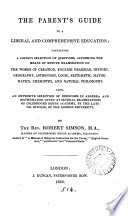 | Robert Simson (master of Colebrooke house acad, Islington.) - 1838 - 206 pages
...When the terms are stated and reduced, how do you proceed in order to find a fourth proportional? I multiply the second and third terms together, and divide the product by the first, the quotient is the answer. In what name are the product of the second and third terms, the quotient, and the remainder... | |
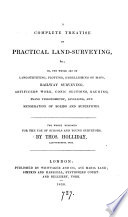 | Thomas Holliday - Surveying - 1838 - 404 pages
...3.—By arithmetical computation. Having stated the question according to the proper rule or case, multiply the second and third terms together and divide the product by the first, and the quotient will be the fourth term required for the natural number. But in working by logarithms,... | |
| |